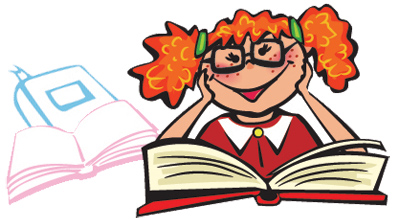Tips For Editing Your Children’s Book
At some point after you have a solid draft of the children’s book you’re writing, you must begin the editing process.
Here’s a quick overview of the salient points to keep in mind.
- If a sentence doesn’t contribute to plot or character development, delete it.
- Make sure your characters don’t all sound the same when they speak.
- If you have a page or more of continuous dialogue, chances are it needs tightening.
- When changing place or time, or starting a new scene or chapter, provide brief transitions to keep your story moving smoothly.
- Make sure to keep the pace moving from action to action, scene to scene, chapter to chapter.
- If you find yourself using a lot of punctuation (!!!), CAPITAL LETTERS, italics, or bold, chances are your words aren’t working hard enough for you.
- When you can find one word to replace two or more words, do it.
- Be careful with changing tenses midstream. If your story is told in the past tense, stick with it throughout. If present tense, then stick with that. Be consistent.
- Watch excessive use of adjectives, adverbs, and long descriptive passages.
- After you choose a point of view for a character, stick to it.
- If your character hasn’t changed at the end of your story, chances are he isn’t yet fully fleshed out.
- If your character talks to himself or does a lot of wondering aloud, he needs a friend to talk to.
- If you’re bored with a character, your reader will be, too.
- If you can’t tell your story in three well-crafted sentences: the first one covering the beginning, the second one alluding to the climax (the middle), and the last one hinting at the ending — you may not have a complete story yet.
- If you find yourself overwriting because you’re having trouble expressing exactly what you mean, sit back and say it aloud to yourself, and then try again.
